You ever get that wild urge to just ditch your phone, run into the woods, and howl at the moon? Well…wolves beat you to it—and now they’re making a serious comeback across the U.S., one eerie howl at a time. For decades, these apex predators were hunted, poisoned, and pushed to the brink. But guess what? They’re not just surviving—they’re reclaiming territory like they’ve got Google Maps and a vengeance.
From the snowy peaks of the Rockies to the deep woods of the Midwest, wolves are creeping back into places they haven’t ruled in generations. And they’re not doing it with fanfare—they’re doing it with stealth, stamina, and just enough drama to make ranchers sweat. Whether you’re a nature nerd, a low-key rewilding enthusiast, or just a sucker for a good redemption arc, this is one comeback tour worth tracking. Here are 13 U.S. states where wolves are quietly—okay, maybe not that quietly—spreading again.
1. Colorado
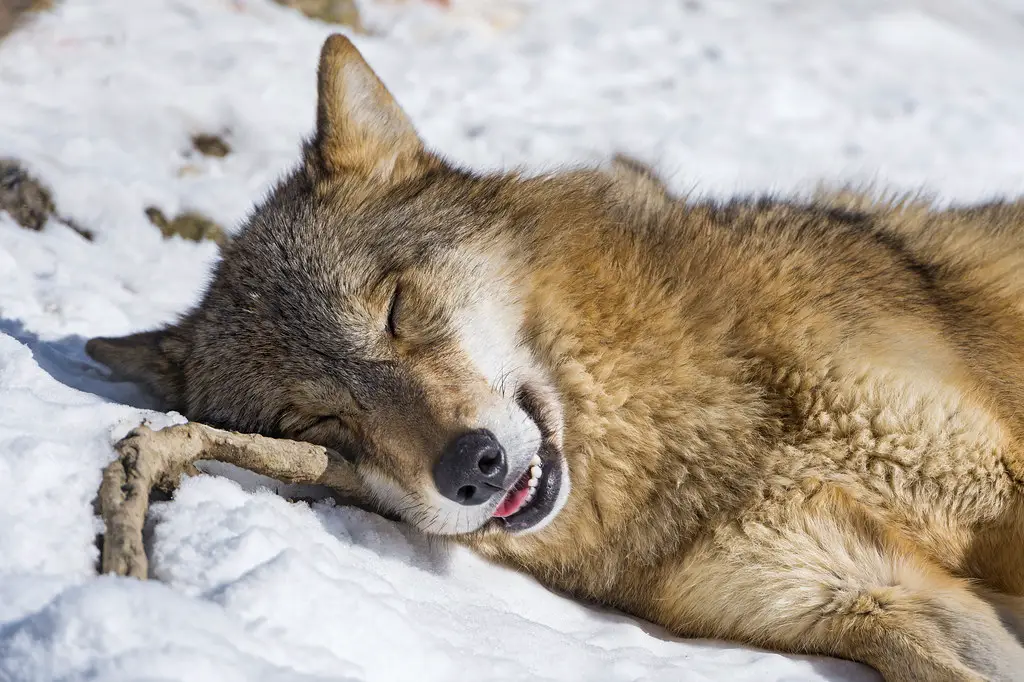
Colorado’s wolves are basically the definition of “soft launch.” After decades without them, wolves naturally started wandering in from Wyoming—but in 2020, voters officially told the state to reintroduce them. Ballot Prop 114 passed (barely), and now Colorado is legally bringing wolves back into the Rockies. In late 2023, they released 10 gray wolves, and more are on the way, all wearing GPS collars like they’re in a reality show for wildlife management.
These wolves are mostly chill—so far—but they’ve already stirred up debates among ranchers, conservationists, and politicians. The goal is to eventually rebuild a sustainable population that blends with existing packs. According to The Guardian, this is the first time a state has reintroduced wolves by popular vote, which is wild in itself. Some people are thrilled, some are furious, and the wolves? They’re just out here trying to mind their business and eat elk. If this works, it could be a blueprint for other Western states. For now, keep your ears open on those Colorado hikes—there might be a new top dog in town.
2. Washington
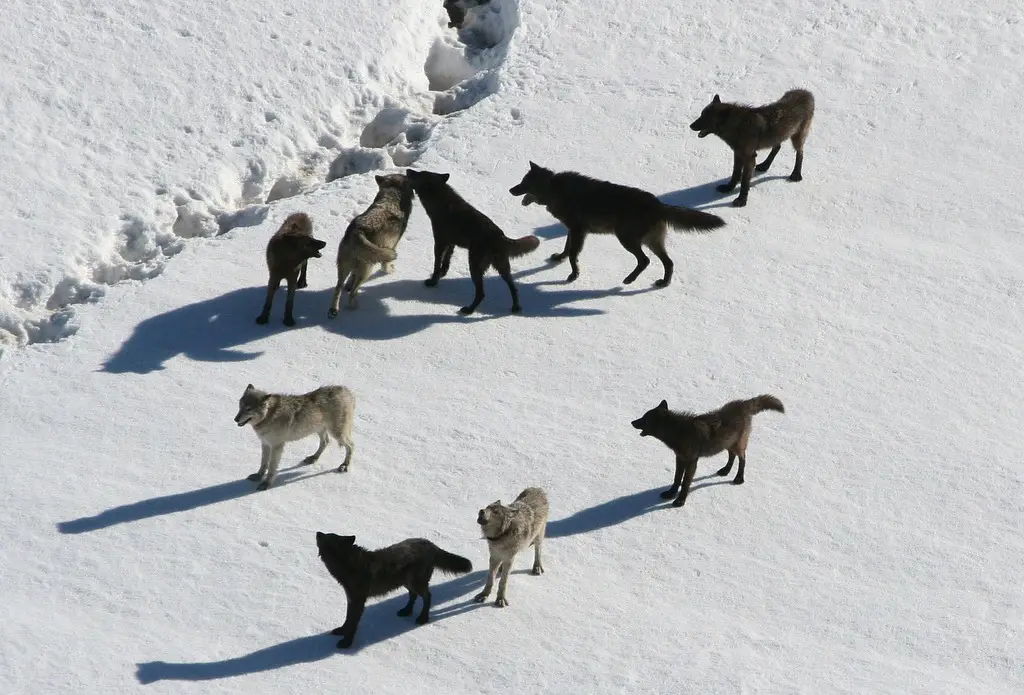
The wolves in Washington are straight-up playing Risk. They’ve tiptoed in from Idaho and Canada, expanded across the eastern half of the state, and are now eyeing the Cascades and beyond. The state’s Department of Fish and Wildlife estimates there are over 200 wolves in Washington, and their growth is pretty impressive for a species that wasn’t even here 20 years ago. These aren’t just “passing through” wolves—they’ve got pups, packs, and territory.
And while they’re still considered endangered at the state level, some parts of Washington are already seeing human-wolf tension. Ranchers aren’t thrilled, but the state has implemented conflict management plans to help keep things balanced. According to NPR, the wolf recovery plan is shifting from just protection to managing a stable population. Packs like the Lookout and Teanaway have become regulars in central Washington. As more move west, we’re getting closer to full wolf coverage from the Rockies to the Pacific. So yeah, the howls are definitely getting louder.
3. Oregon

Oregon’s wolf renaissance is equal parts comeback story and political drama. Wolves were completely wiped out here by the 1940s, but by the late 2000s, they started popping up from Idaho like surprise party guests. Fast-forward to now, and Oregon’s got a few dozen wolves spread mostly across the eastern part of the state—and they’re slowly creeping west. The packs are expanding, breeding, and scouting new turf like they never left.
The state tracks them closely, and let’s be real: some of these wolves have names, numbers, and fan followings. There’s even a famous one—OR-7—who journeyed all the way to California, becoming the first wolf there in nearly a century. According to The Guardian, Oregon’s careful balancing act between protecting wolves and managing livestock conflicts has become a model to watch. Wolf tourism is even a thing now, with people heading to the Wallowas hoping to catch a glimpse. It’s still controversial, sure, but the momentum is real. Oregon’s wolves aren’t just surviving—they’re setting up camp.
4. California

Remember OR-7 from Oregon? Yeah, he was California’s wolf re-entry plan, and he didn’t even know it. After his epic 1,000-mile solo trek in 2011, he basically declared “I live here now” and paved the way for others to follow. Since then, California’s had a handful of confirmed packs—including pups!—in the northern part of the state, especially in Siskiyou and Lassen counties.
The state now officially recognizes wolves as a protected species, and their presence has become a hot topic in both ranching and conservation circles. Packs like the Whaleback and Lassen groups are being closely monitored, and DNA testing helps confirm who’s who. The Los Angeles Times recently reported that a brand-new pack was discovered in the Sequoia National Forest, suggesting that California’s wolf footprint is quietly growing. The big challenge now? Keeping that growth sustainable without sparking too many livestock feuds. But if the trend continues, California might just become a wolf stronghold again. You love to see it.
5. Idaho

Idaho’s wolves aren’t just back—they never really left. After a federal reintroduction in the mid-1990s, the wolf population here absolutely took off. With over 1,300 wolves in the state today, Idaho arguably has one of the most robust populations in the lower 48. But that success comes with a side of drama, because not everyone’s thrilled about having so many apex predators back in the mix.
Wolves have caused friction with ranchers and big game hunters who argue that elk herds are being over-hunted. As a result, the state has loosened hunting regulations, allowing longer seasons and even bounties in some areas. Still, wolves remain a vital part of the ecosystem, keeping deer and elk in check and reshaping the landscape just by doing wolf things. According to Reuters, Idaho’s management plan is one of the most aggressive in the U.S., aiming to significantly reduce numbers. But despite that, wolves are still thriving in the state’s vast wilderness. Like it or not, they’re holding their ground—and they’re not going quietly.
6. Montana
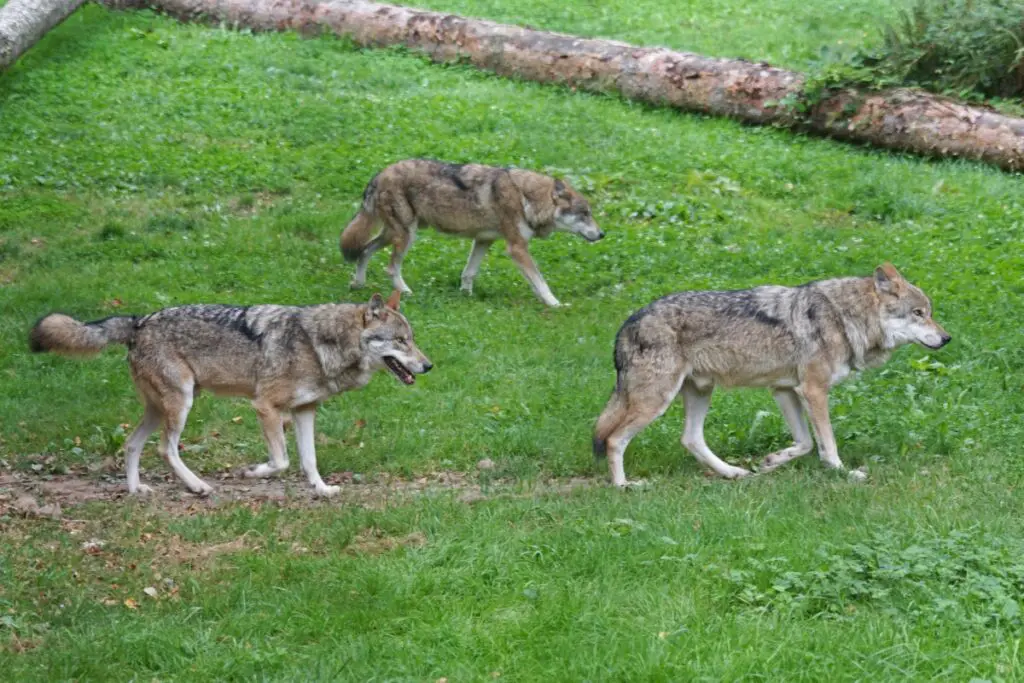
Montana isn’t just Big Sky Country—it’s also Big Wolf Country. After reintroduction efforts in nearby Yellowstone, wolves naturally spilled over into Montana like they forgot there were borders. Today, there are hundreds of wolves roaming the state, and they’ve been here long enough to start getting bold. Think pack formation, pup births, and the occasional elk buffet.
Montana’s wolves are largely concentrated in the northwest and along the Rocky Mountain Front. But as populations grow, so does the reach—some packs have even been spotted near farming towns. Management here is… complicated. The state supports regulated hunting to keep numbers in check, which draws mixed reactions. Some residents are thrilled to see predators back in the ecosystem, while others worry about livestock and big game. Either way, Montana’s wolves aren’t just passing through—they’re fully moved in and redecorating.
7. Wyoming

Wolves in Wyoming are kind of like celebrities: admired in some circles, fiercely debated in others. Most of the state’s wolves are found in and around Yellowstone National Park, where their reintroduction in the ’90s became one of conservation’s biggest flexes. From there, they spread outward—and stayed.
Outside the park, Wyoming classifies wolves as predators in certain zones, which means they can be killed on sight. Yet despite this, wolves keep returning. Why? Because there’s space, food, and just enough protection in key areas to sustain them. The state’s mixed policies have created a patchwork map of survival, but wolves seem to be navigating it just fine. Some packs have even adapted to human presence without causing too much fuss. Quietly but consistently, they’re still carving out a future in the Cowboy State.
8. Utah
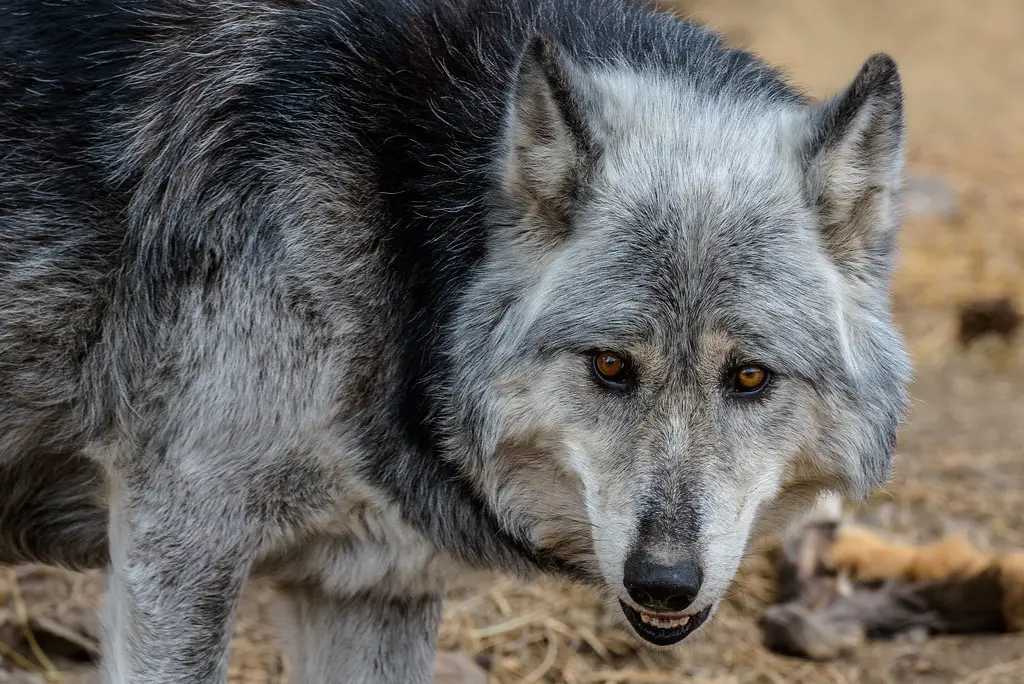
Utah is the kind of place where wolves aren’t officially “back”—but also, they kind of are. While the state doesn’t currently host any full-time, breeding packs, it’s seen a handful of wandering wolves from nearby Idaho and Wyoming. These lone wolves cross into northern Utah looking for love, territory, or a decent meal.
Wildlife officials have confirmed sightings and tracks in remote corners of the state, and some of these visitors stick around for weeks or months. Officially, Utah doesn’t encourage wolf residency (especially due to livestock concerns), but nature doesn’t care about political memos. If wolves keep crossing in and conditions are right, it’s only a matter of time before a pack sets up camp. Think of Utah as a waiting room for wolves—with snacks. For now, it’s all eyes on the borders and hopes that coexistence is possible when the day finally comes.
9. Arizona
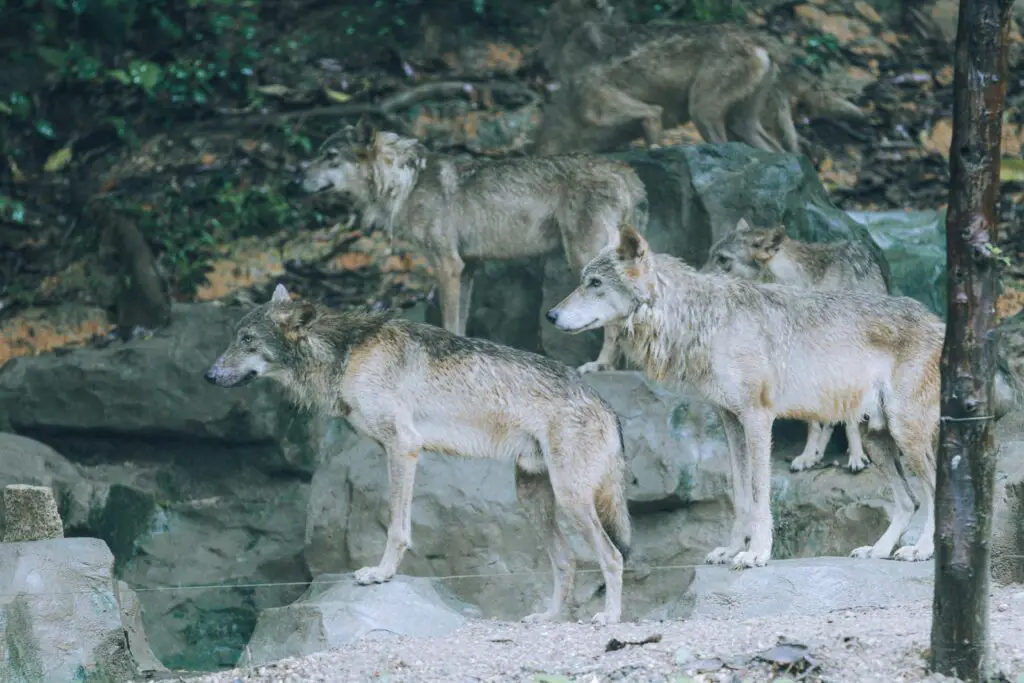
Surprise! Arizona has wolves—just not the kind most people picture. We’re talking Mexican gray wolves, a smaller, highly endangered subspecies that’s been reintroduced to the Arizona-New Mexico borderlands. These desert wolves are tough, scrappy, and surprisingly well-suited to the dry, rugged terrain of the Southwest.
Arizona’s packs are mostly concentrated in the Apache-Sitgreaves National Forests, where they’re monitored by GPS collars and conservation teams. These wolves were almost completely wiped out by the 1970s, but recovery programs have brought their numbers into the low hundreds. While not fully “recovered,” they’re breeding, expanding, and—most importantly—surviving. Some have even strayed beyond designated areas, venturing deeper into Arizona than expected. It’s slow going, but steady. And in true Arizona fashion, they’re doing it their own way—hot, dusty, and fiercely independent.
10. New Mexico

New Mexico shares the spotlight with Arizona when it comes to the comeback of Mexican gray wolves. Like Arizona, it’s part of the U.S. Fish and Wildlife Service’s reintroduction zone, and its wild lands are now home to several packs. The Gila and Apache National Forests offer the kind of remote, rugged habitat wolves adore.
These wolves are monitored, protected, and occasionally moved to balance genetic diversity or reduce livestock conflicts. While they’re not always welcomed by ranchers, their numbers are slowly ticking upward. Pups are being born each spring, and more wolves are making it to adulthood. New Mexico’s contribution to wolf recovery is critical, especially since these are some of the rarest wolves on Earth. Each pack is like a little miracle—scrappy, resilient, and rewriting the story of a species nearly lost. Give them time, and New Mexico might just become their stronghold.
11. Michigan

Michigan’s Upper Peninsula is basically the wolves’ cozy cabin retreat. While they were nearly eliminated by the mid-1900s, wolves made a natural return from Minnesota and Ontario in the late ’80s. Since then, the population has rebounded to several hundred, making Michigan one of the few Midwestern states where wolves are truly thriving.
They mostly stick to the U.P.—because let’s be honest, it’s perfect wolf country: remote, wooded, and full of deer. The state monitors them closely, and while some residents are wary, overall support for their presence has remained fairly strong. Occasionally, a wolf crosses the Mackinac Bridge or ventures into the Lower Peninsula, causing quite the stir. But for now, they’re firmly rooted in the north. Think of it as their snowy kingdom—quiet, wild, and full of howls.
12. Minnesota

If any state deserves “OG wolf haven” status, it’s Minnesota. Unlike most places, Minnesota never fully lost its wolf population. Even at their lowest point, a few hundred wolves held on in the north woods, surviving the eradication campaigns that wiped them out elsewhere.
Today, the state boasts the largest wolf population in the lower 48, with over 2,500 wolves roaming wild. Most are concentrated in the northern third of the state, where forests are thick and prey is plentiful. Wolves here are part of the landscape, as natural as pine trees and snowdrifts. People are used to them, for better or worse. Management here is science-driven and relatively stable, with minimal drama. Basically, Minnesota’s wolves never made a comeback—because they never really left.
13. Wisconsin
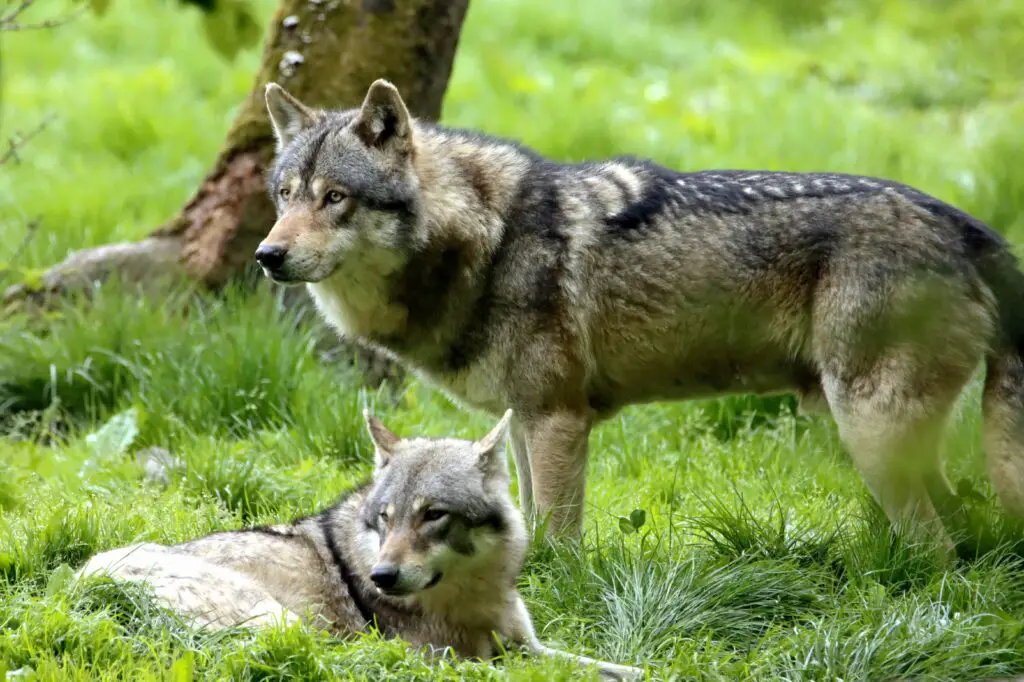
Wisconsin’s wolf comeback is the definition of a glow-up. Wiped out by the mid-20th century, they reappeared in the late 1970s, thanks to a little help from their Minnesota neighbors. Fast-forward to now, and there are over 1,000 wolves in the state—mostly roaming the northern forests and occasionally slipping into central regions.
They’ve adapted well to Wisconsin’s landscape, and like everywhere else, they spark debate: farmers worry about livestock, while conservationists cheer every new litter of pups. Wolves are a big part of the local ecosystem, keeping deer populations in check and restoring balance to the wild. There have been political battles over how many wolves should be allowed, especially after protections were briefly lifted, then reinstated. But regardless of the back-and-forth, the wolves are holding strong. They’re not just back—they’re thriving. And honestly, they look good doing it.
